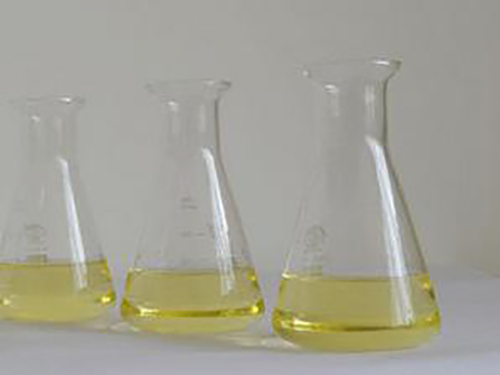polyaluminum chloride coagulant
The Role and Benefits of Poly Aluminum Chloride Coagulant in Water Treatment
Poly aluminum chloride (PAC) is an aluminum-based coagulant widely used in water treatment processes. Its effectiveness in removing impurities makes it an essential component in ensuring water quality for various applications, including drinking water production and wastewater treatment. This article explores the properties, benefits, and applications of PAC, highlighting its significance in modern water management practices.
Properties of Poly Aluminum Chloride
PAC is synthesized through the hydrolysis of aluminum chloride and has a complex polymeric structure. This structure allows PAC to have a wide range of molecular weights, which contributes to its coagulant properties. The chemical formula varies depending on the degree of polymerization and the specific formulation employed. PAC is typically available in both liquid and powder forms, making it versatile for different treatment processes.
One of the key features of PAC is its ability to function effectively across a broad pH range (4.5 to 8.5), which is a notable advantage compared to other coagulants like traditional aluminum sulfate. Its optimal performance in varying pH conditions makes PAC suitable for diverse water types, including freshwater, seawater, and industrial wastewater.
Benefits of Using Poly Aluminum Chloride
1. Enhanced Settling Properties PAC flocs tend to be denser and faster settling than those formed with conventional coagulants. This results in reduced sedimentation time during the clarification process, enhancing the overall efficiency of both water treatment and wastewater management systems.
2. Lower Dosage Requirements Due to its high charge density, PAC often requires lower dosages compared to other coagulants like alum. This translates to cost savings for water treatment facilities and reduces the volume of chemical handling and storage.
3. Improved Removal Efficiency PAC is particularly effective at removing turbidity, suspended solids, and other contaminants, including organic matter and microorganisms. This efficiency is crucial in meeting stringent regulatory standards for potable water and treating wastewater for reuse or discharge.
polyaluminum chloride coagulant

4. Reduced Sludge Production The use of PAC leads to the generation of less sludge compared to traditional coagulants. This is an important consideration for wastewater treatment plants, as less sludge requires less energy and resources for handling and disposal.
5. Compatibility with Other Chemicals PAC can be blended with other coagulants and flocculants to enhance performance further. This flexibility allows water treatment facilities to tailor their treatment processes to meet specific quality goals and regulatory requirements.
Applications of Poly Aluminum Chloride Coagulant
PAC is used in various water treatment applications, including
- Drinking Water Treatment Many municipalities choose PAC for its efficiency in producing safe and potable water. It effectively removes harmful pathogens and contaminants, ensuring compliance with health standards.
- Industrial Wastewater Treatment Industries such as oil and gas, mining, and paper manufacturing employ PAC to treat wastewater before discharge or reuse. Its ability to handle complex waste streams makes it a preferred choice.
- Municipal Wastewater Treatment PAC is integral to municipal wastewater treatment plants, where it aids in the clarification process, improves overall water quality, and supports effective nutrient removal.
Conclusion
Poly aluminum chloride coagulant is a vital component in modern water treatment processes. Its exceptional performance, cost-effectiveness, and versatility make it a preferred choice across various applications, from drinking water treatment to industrial and municipal wastewater management. As water quality demands continue to evolve, the use of PAC is likely to grow, contributing to sustainable practices in water resource management and environmental protection. The adoption of PAC not only enhances water quality but also supports the broader goal of ensuring safe and sustainable water for future generations.
-
Pbtc Scale InhibitorPBTC: A Scale Protector for Industrial Water TreatmentNewsAug.05,2025
-
Organic Phosphonate: An Efficient Defender in the Field of Scale InhibitionNewsAug.05,2025
-
Hydrolyzed Polymaleic Anhydride: Green Pioneer in Scale Inhibition FieldNewsAug.05,2025
-
PAPEMP Polyamino Polyether Methylene Phosphonic Acid For SaleNewsAug.05,2025
-
Flocculant Water Treatment: A Pioneer in Purification in the Field of Water TreatmentNewsAug.05,2025
-
Benzyl Isothiazolinone: An Efficient and Broad-Spectrum Antibacterial Protective GuardNewsAug.05,2025





